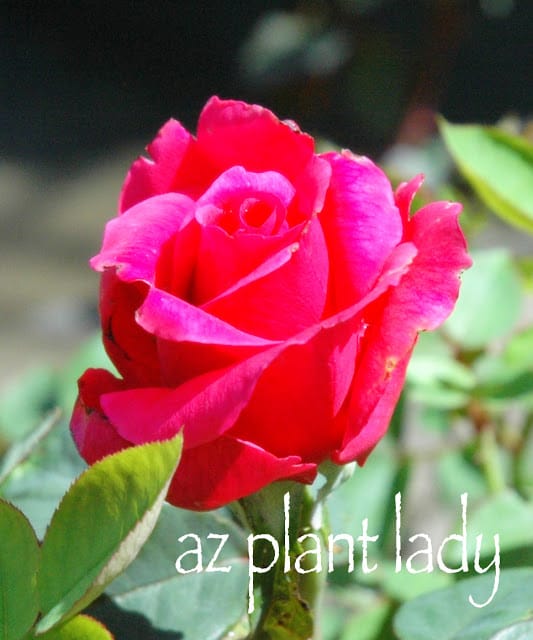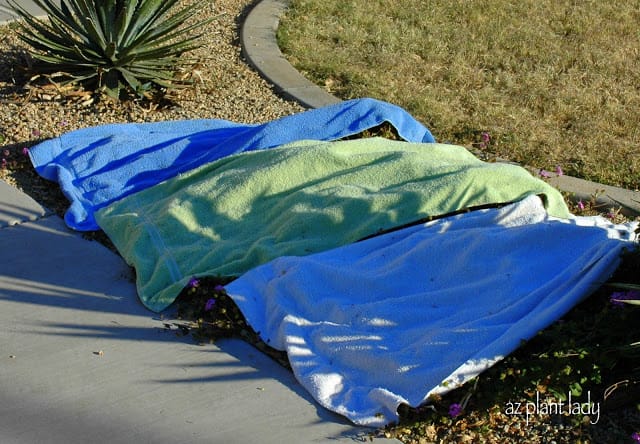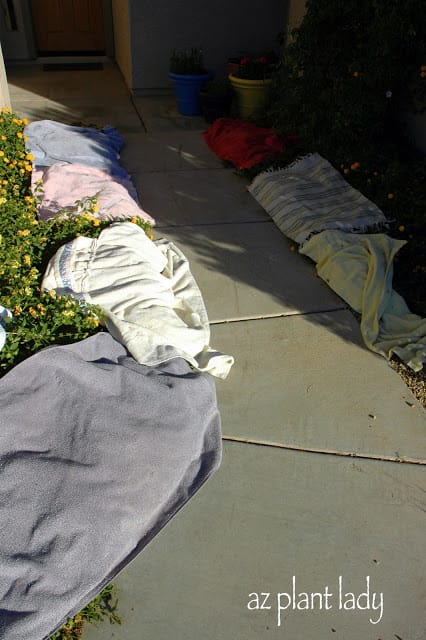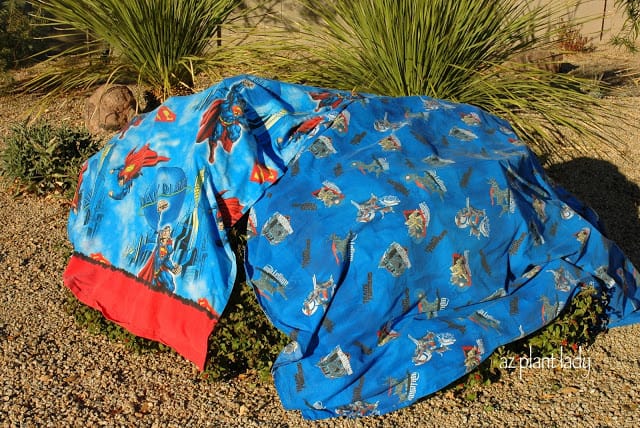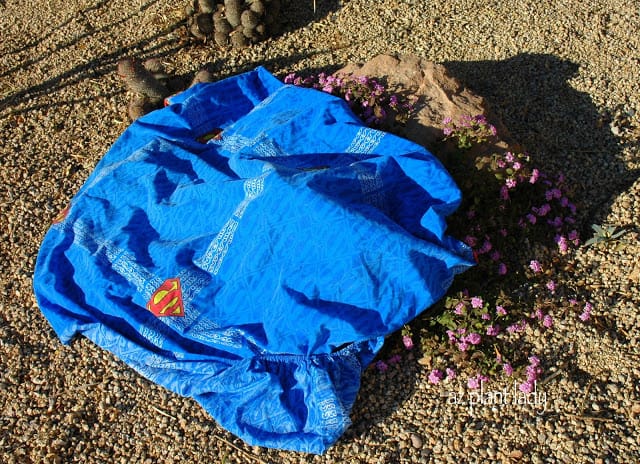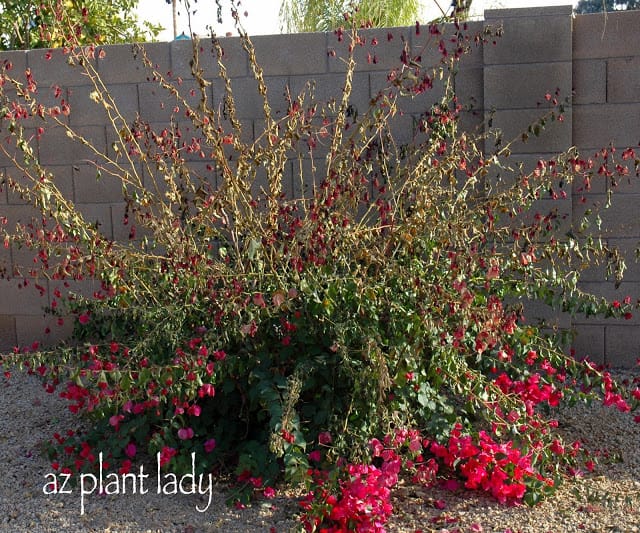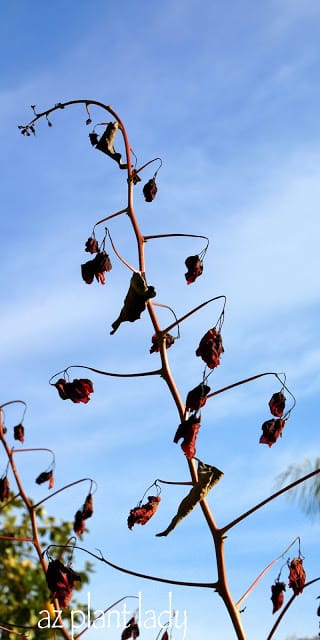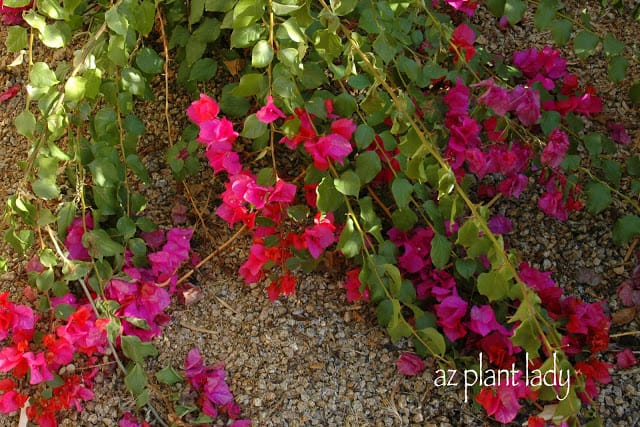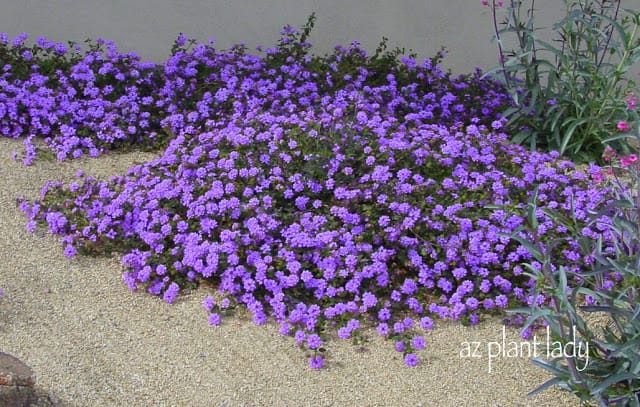With all of the hustle and bustle of the holiday season, it as a blessing that our desert gardens need little, if any attention during this month, letting us have more time for all of our numerous holiday activities.

I realize it is hard to believe that in our year-round gardening climate, that not having to do anything in your garden this month, can be a little hard to swallow. To put your minds at ease, I will get a little more specific….
Do Not Prune
(if you’re desperate, you can prune your deciduous trees)
Do Not FertilizeDo
Not Plant
For those of you “Type A” personalities who just have to find something to do in the garden, you can plant annuals or deciduous trees if you desire. You can even deadhead spent rose blooms. But, THAT IS ALL that should be done, and again, only if you are desperate to do something.
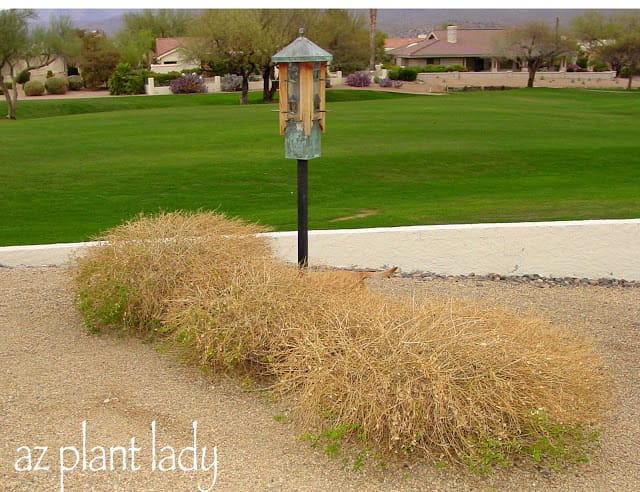
I have had many people ask me if they can prune their plants now. The truth is, you can actually do more damage to your plants if you decide to prune them during the cold winter months. The reason is that pruning stimulates new growth that is very susceptible to cold temperatures and can even lead to the death of your plant.
Although the frost damaged growth is brown and ugly and it takes all of your willpower to abstain from pruning it, do whatever it takes to keep your hands off! Go shopping, bake cookies, volunteer, take the kids to visit Santa or any of the other things on your Christmas to-do list.
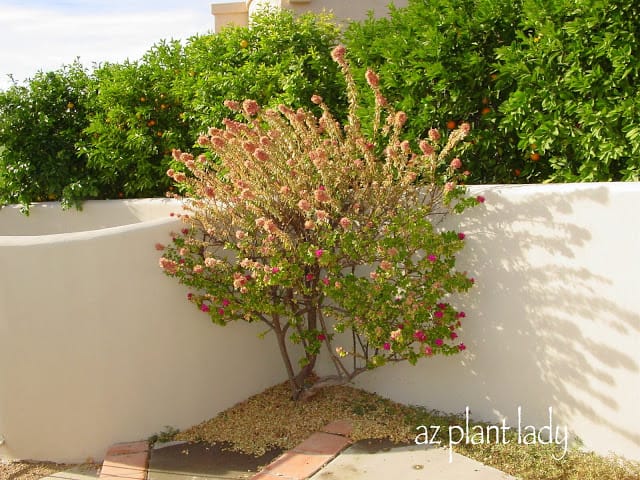
Believe it or not, the ugly brown frost-damaged growth actually protects the branches and leaves underneath. Some of the dead looking branches are not dead and will produce new growth in the spring. Hang in there until early March and then you can prune back the ugly growth.
If you just can’t stand the frost-damaged “look”, you can work to prevent it by covering your plants on nights when freezing temperatures will occur. Materials found around your home that are suitable for coverings, include sheets, towels or even newspaper. These materials will provide protection of a few degrees.
For more reliable protection, you can use frost cloth (available at your local nursery), which can protect plants from even lower temperatures when used as directed on the packaging. Be sure to remove the coverings in the daytime to allow the surrounding area to warm up again.
For more information of frost damage, how to manage it and how to prevent it, please visit The University of Arizona’s Frost Protection Publication.
In the meantime, kick up your feet, drink more eggnog and relax by the fire. We will have some work to do next month….planting bare-root roses!
